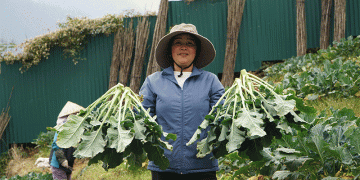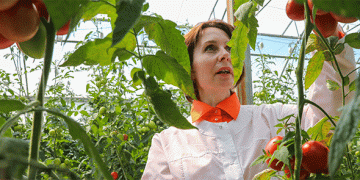#Agriculture #CornYield #PrecisionFarming #IoTDevices #AgronomicInnovation
In the realm of agriculture, the quest for optimal yields is a perpetual concern. As Luke Bryan sings, “rain is a good thing, it makes grain (corn),” encapsulating the significance of water in dryland farming. In this article, we delve into the pivotal role of water supply and thermal development in corn yield, exploring insights gleaned from EMILI and Innovation Farms’ trials.
At EMILI and Innovation Farms, a cutting-edge 5,500-acre facility, pioneering technologies and practices converge to address agronomic challenges. One notable trial focused on corn yield prediction and satellite solutions, showcasing the potential of innovative approaches in agriculture.
The study centered on the North Star 271 hybrid, renowned for its drought tolerance. Through meticulous field-scale evaluations, researchers honed in on the dynamics of yield prediction, leveraging advanced satellite imagery and agronomic data.
Key findings underscore the indispensable nature of localized weather data for precise yield forecasts. By comparing IoT devices measuring precipitation, researchers revealed significant spatial variability in rainfall across the Canadian Prairies. This variability, exemplified by a 15 to 30 bu/acre difference in corn yield, emphasizes the need for in-field IoT devices to enhance yield prediction accuracy.
The integration of cutting-edge technologies and localized weather data holds immense promise in unlocking corn yield potential. As farmers and agronomists navigate the complexities of modern agriculture, leveraging such innovations becomes paramount in ensuring sustainable and resilient crop production.































